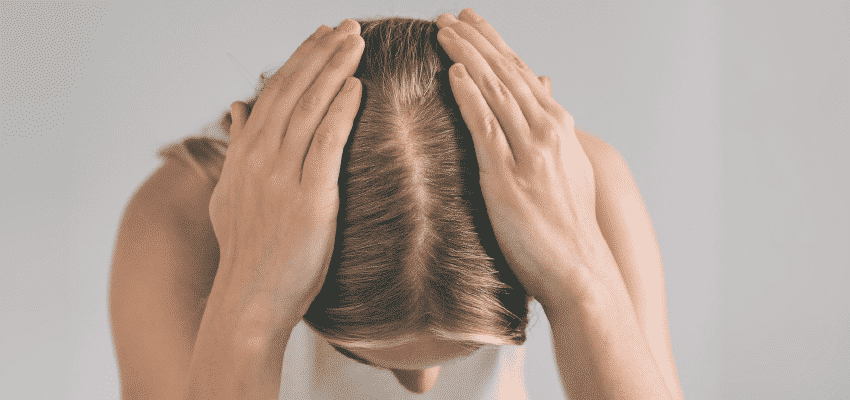Scalp pain can be a warning sign. Therefore, stay up to date with the causes and treatments for this problem.
Scalp pain is very common, especially for people who do a lot of tight hairstyles or wear an accessory that hurts, such as a crown or barrette. However, when scalp pain persists, greater attention is needed, in fact, this discomfort could be, for example, infections, skin problems or hair loss.
Furthermore, it is important to remember that putting your hair in a ponytail, braiding it, wearing helmets for long periods or using aggressive shampoos can cause some discomfort or pain to the scalp.
According to the Brazilian Society of Dermatology (SBD), in most cases, this pain in the scalp can be a sign of diseases such as, for example, trichodynia, lichen planopilaris or folliculitis.
The treatment for this problem is simple and, thinking about helping you, we have separated all the information you need to know if you are experiencing scalp pain. Keep reading to check it out.
Scalp pain – Main causes, symptoms and treatments
1. Trichodonia

Trichodynia is an inflammation that increases sensitivity in the head region, therefore causing pain in the scalp. Furthermore, this inflammation can accompany acute hair loss.
The main cause of trichodynia is related to an increase in the neuropeptide called Substance P, which is responsible for releasing inflammatory substances in the body.
Treatment for this problem includes therapeutic and psychological resources. According to doctors and health professionals, treatment with gabapentin can be indicated in most cases to combat scalp pain.
2. Dermatitis
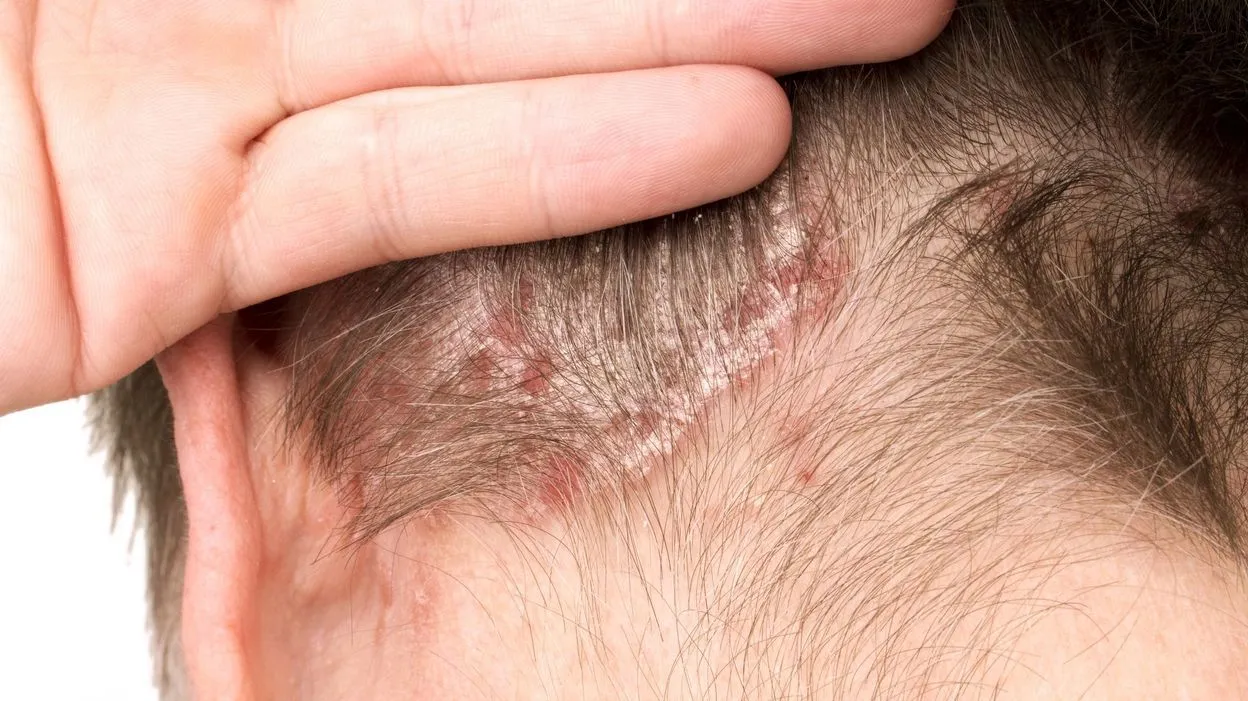
Dermatitis is an allergic reaction that generates symptoms such as itching, redness, peeling, in addition to the appearance of blisters and dandruff. The main cause of this disease is due to contact with metals, soap or even polluted water.
Furthermore, treatment depends on the type of dermatitis that the individual has developed, however, most cases are treated with the use of specific shampoos.
3. Proliferation of fungi and bacteria on the scalp
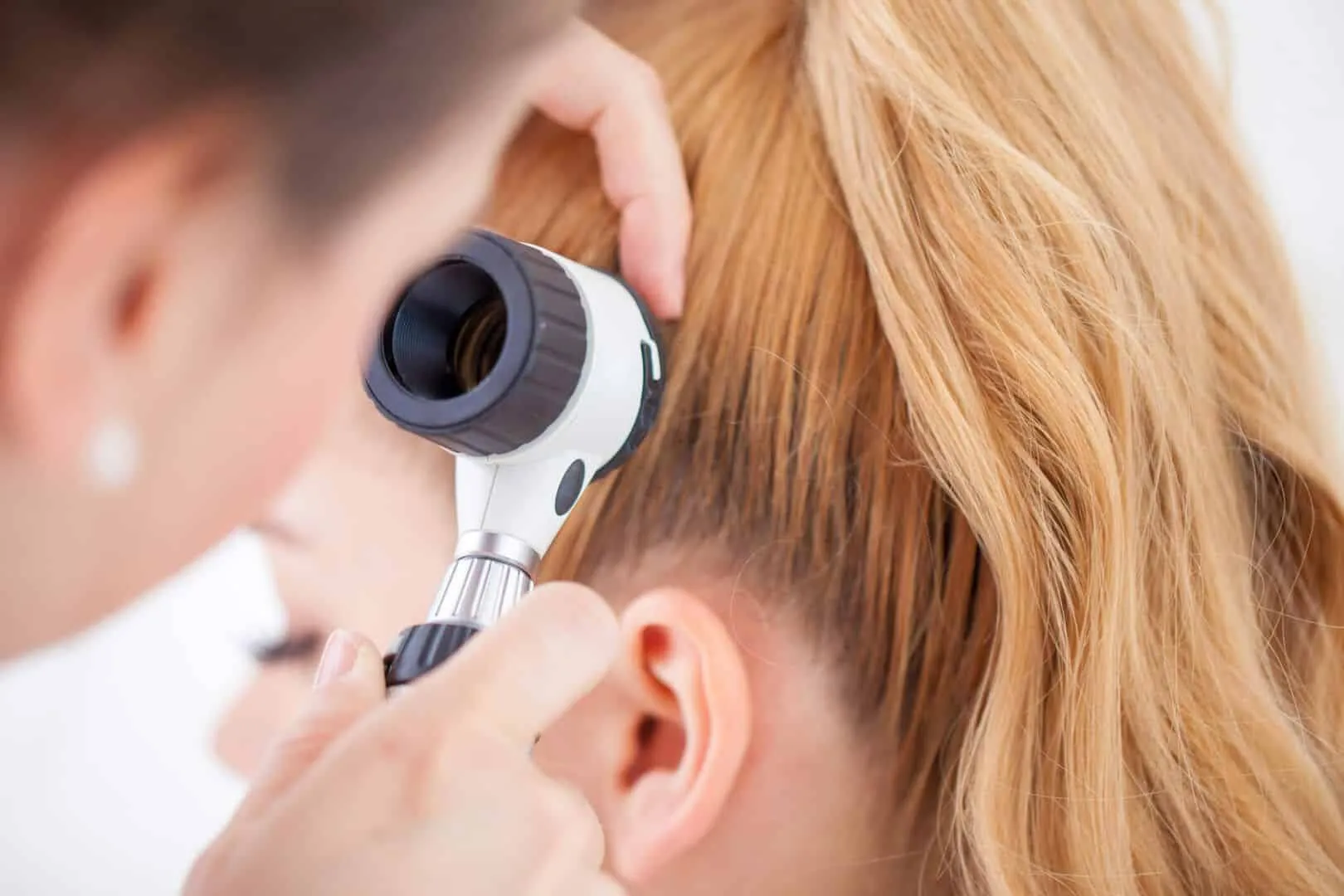
Fungi and bacteria can cause infections such as folliculitis and carbuncle, therefore developing sensitivity and pain on the scalp. This proliferation is more common in people with diabetes and skin diseases, such as eczema.
Treatment is carried out using antifungal shampoos, such as Ketoconazole, or antibiotics, such as Erythromycin or Clindamycin.
4. Tight hairstyles
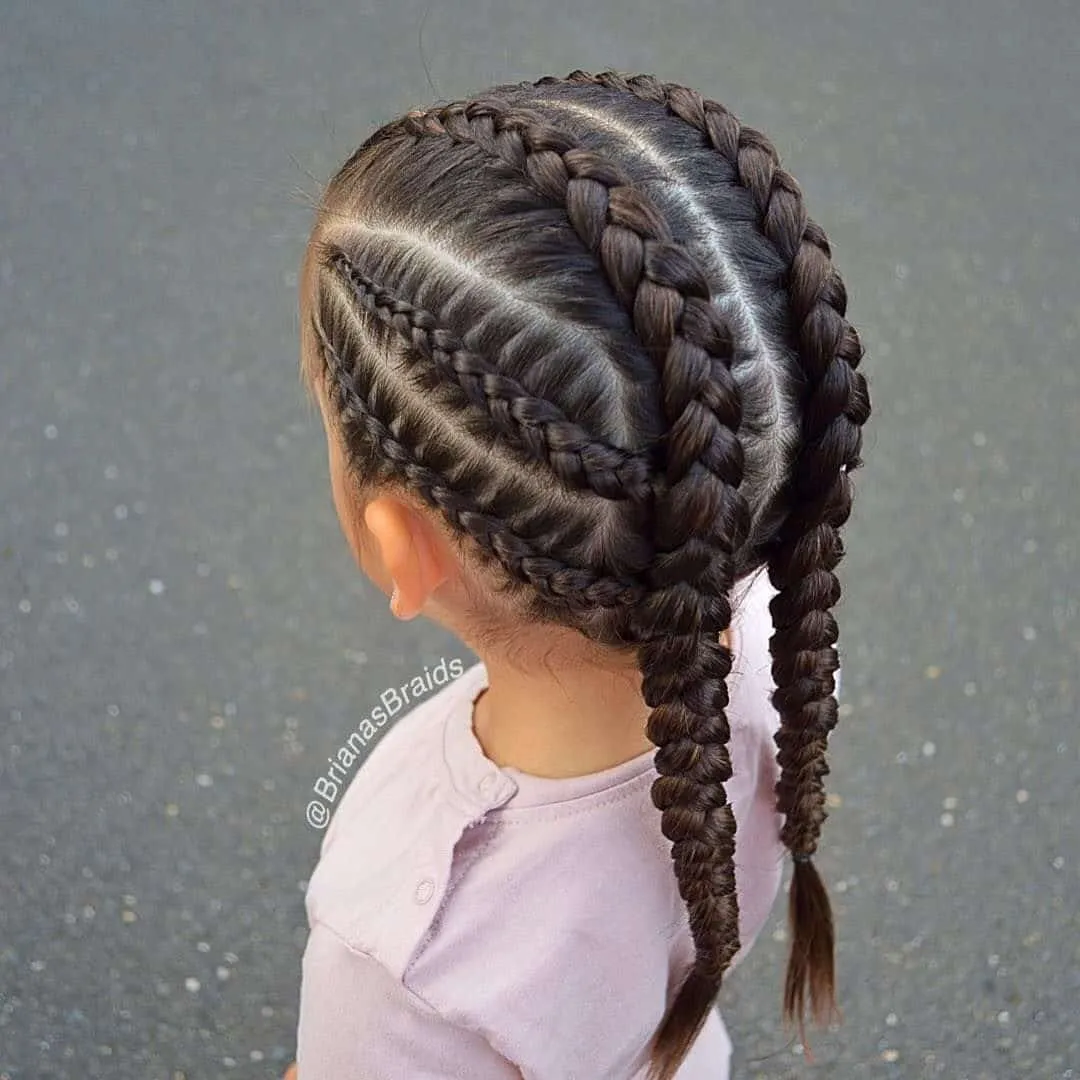
Be careful about leaving your hair too tight or tied up for too long. In fact, when you do this, in addition to making your hair brittle, you can develop scalp pain.
5. Pediculosis

Firstly, pediculosis is nothing more than a lice infestation, which mainly affects children. Lice only feed on blood and multiply very quickly, so it is important that this problem is resolved as soon as possible.
To do this, use shampoo or a lotion based on permethrin or dimethicone on the scalp daily, which kill lice, and a fine-toothed comb to help remove them.
6. Arteries temporal

Temporal arteritis is a chronic inflammatory disease that affects the blood circulation arteries and causes symptoms such as fever, headache, scalp pain, anemia, and malaise.
Treatment consists of the use of corticosteroids, analgesics and antipyretics.
7. Chemical scalp procedures
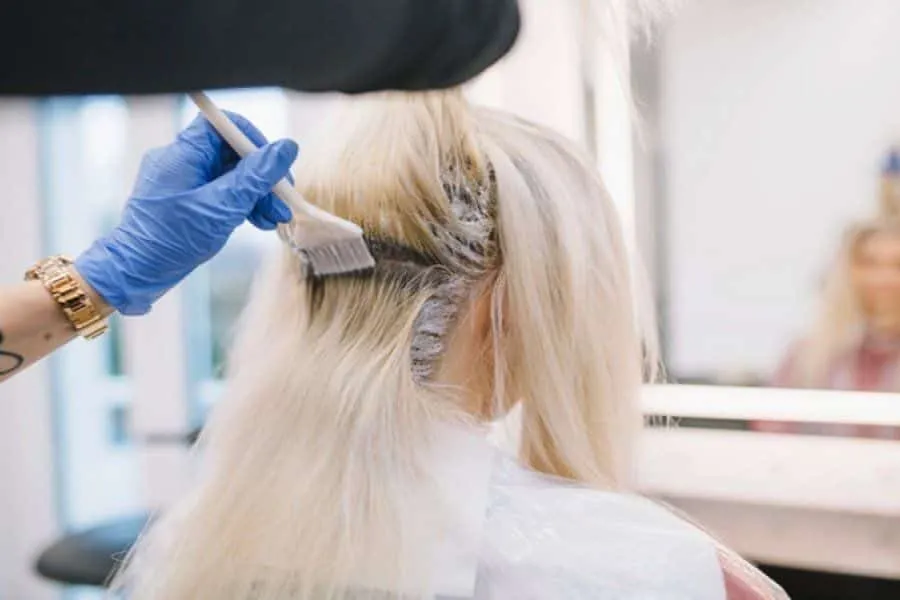
Finally, it is important to note that some paints or chemicals may contain aggressive substances that leave the scalp sensitive, causing pain in the region, as well as problems such as allergies and burns.
Therefore, when looking for a professional, ask for recommendations and carry out tests before applying any products.
So, what did you think of our article? Take the opportunity to also check out: Sensitive scalp – Main aggravating factors and how to treat the problem.
Sources: Your health, Derma Club, My Life.
Image sources: Revista Saúde, Oitomeia, Dermacentrum, Haskell, Pinterest, Dráuzio Varela, Arterite, Bellkey.

Sign up for our newsletter and stay up to date with exclusive news
that can transform your routine!
Warning: Undefined array key "title" in /home/storelat/public_html/wp-content/plugins/link-whisper-premium/templates/frontend/related-posts.php on line 12
Warning: Undefined array key "title_tag" in /home/storelat/public_html/wp-content/plugins/link-whisper-premium/templates/frontend/related-posts.php on line 13

